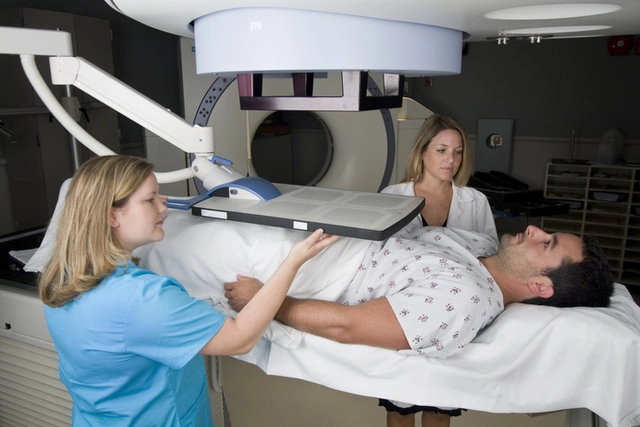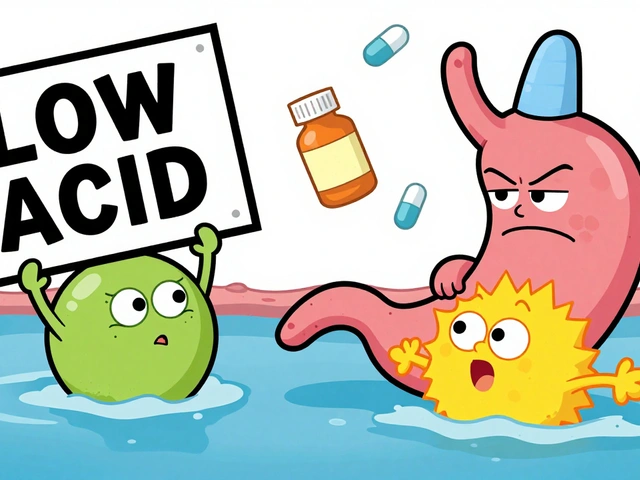Bacterial infections: what to watch for and how to act
Bacterial infections range from a mild sore throat to life-threatening sepsis, so knowing what to watch for matters. This page gives clear signs, simple prevention tips, and practical advice on antibiotics so you can make better choices and avoid common mistakes.
Common signs and when to see a doctor
Fever, localized pain, redness, swelling, pus, and worsening symptoms over 48–72 hours are common red flags. If you have trouble breathing, a very high fever, rapid heartbeat, confusion, or a wound that smells bad or drains pus, get urgent medical help. For more subtle issues—like a lingering productive cough or a urinary burning—see your primary care provider within a day or two so they can decide if testing or antibiotics are needed. If you have diabetes, a weakened immune system, or an implanted device, call sooner; infections can progress faster in these situations.
Tests like throat swabs, urine tests, wound cultures, or blood tests help doctors pick the right treatment. Don’t demand antibiotics without testing when your provider thinks a viral infection is likely—antibiotics don’t help viruses and using them wrongly can cause harm.
Antibiotics, resistance, and safer choices
Antibiotics are powerful, but they need to be used carefully. If a doctor prescribes a drug like levofloxacin or a combination with clavulanic acid, it’s because they think the benefits outweigh the risks for your infection. Fluoroquinolones (like levofloxacin) can be effective but carry risks such as tendon pain or nerve issues for some people, so discuss side effects and alternatives. Clavulanic acid is often paired with amoxicillin to beat bacteria that make enzymes that destroy simple penicillins—this combo can save an antibiotic that would otherwise fail.
If you can’t take a first-choice antibiotic—due to allergy, pregnancy, or side effects—ask about alternatives. For example, if Zithromax (azithromycin) isn’t suitable, several other antibiotics may work depending on the infection. Your provider should explain pros and cons and why they picked one drug over another.
Finish the full antibiotic course only when your doctor advises; stopping too early can let bacteria rebound and breed resistance. Never share or use leftover antibiotics. Store meds safely and return unused prescriptions to a pharmacy when possible.
Preventing bacterial infections often beats treating them. Wash hands, keep wounds clean and covered, stay up to date on vaccines, and avoid close contact with sick people. For everyday health, good hydration, sleep, and managing chronic conditions lower your risk.
If you want deeper reads, check articles on levofloxacin for anthrax, clavulanic acid and resistance, and real alternatives to common antibiotics. These pieces explain when specific drugs are chosen and how to reduce risk while getting effective care.
Questions about a specific symptom or medication? Reach out to your healthcare provider—give them details about allergies, other meds, and any recent travel or hospital stays so they can guide you safely.





